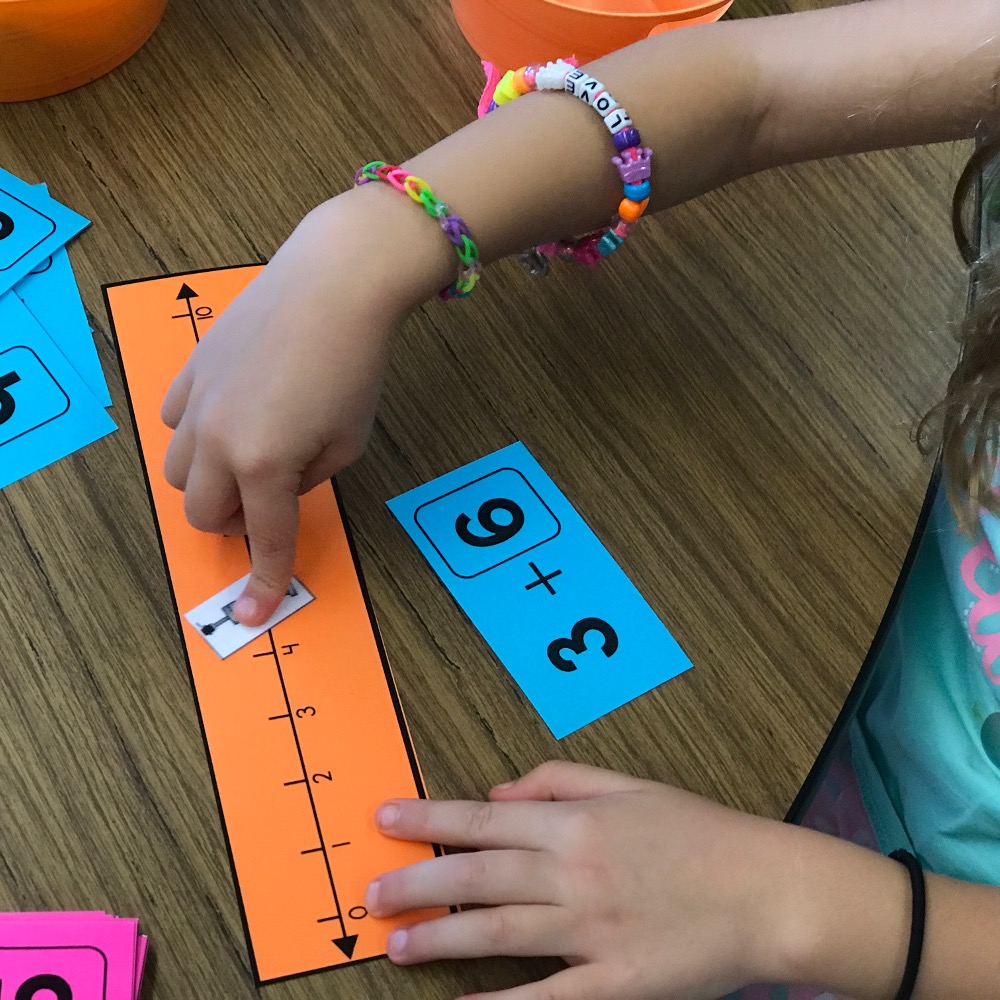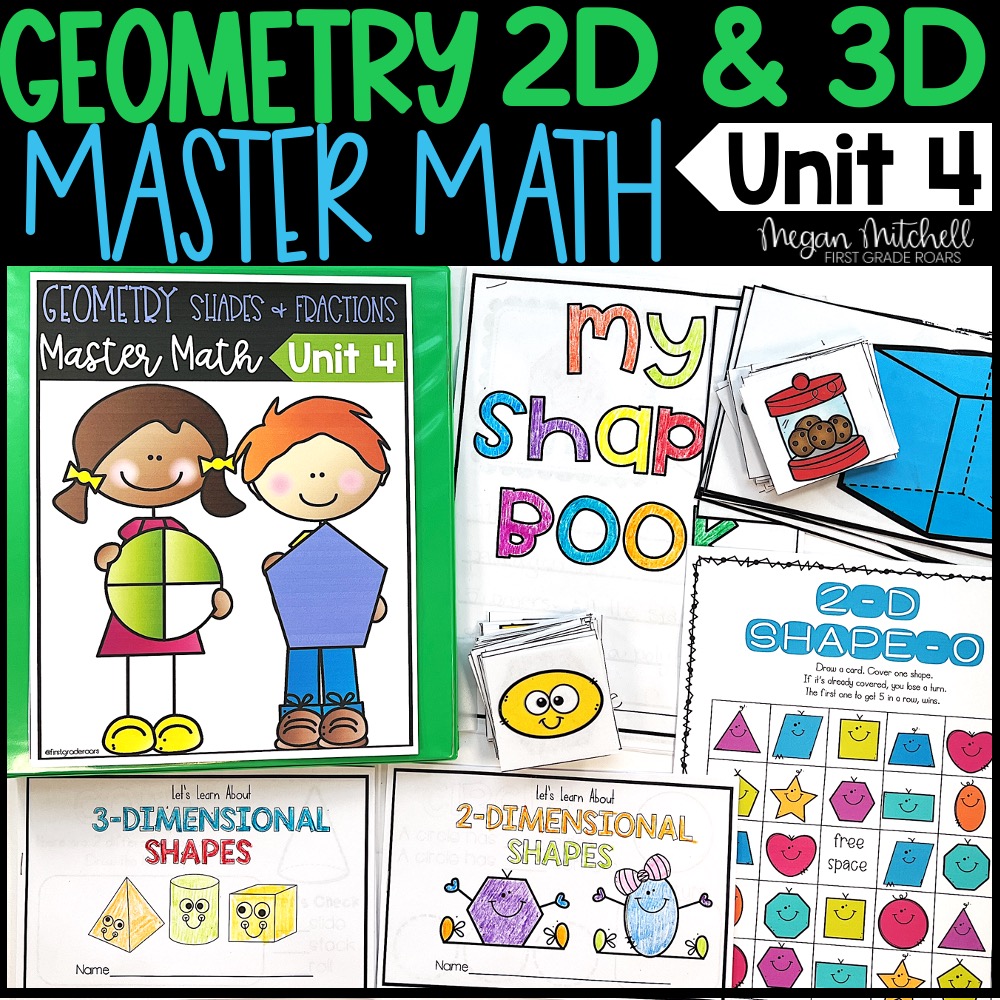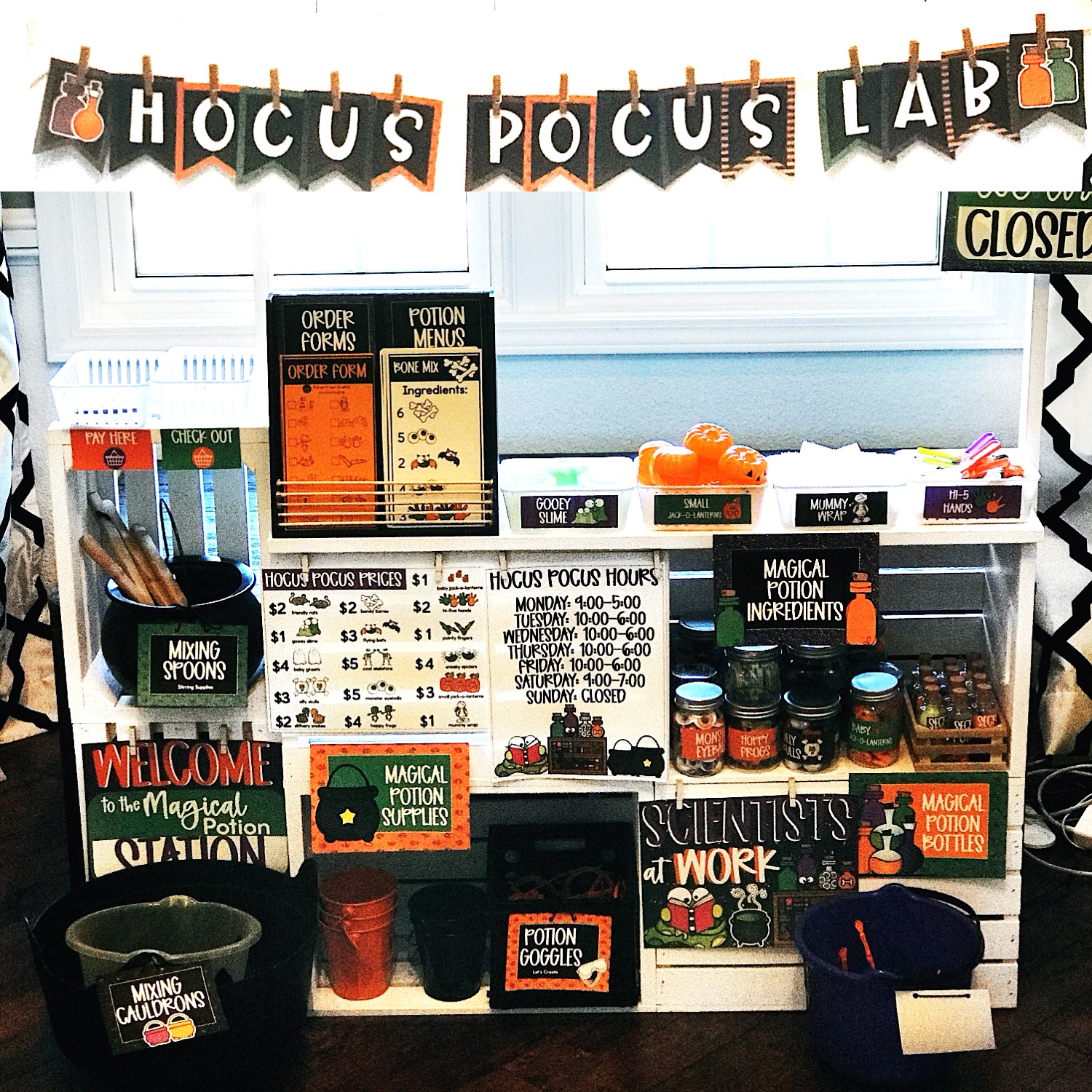Spring is such a beautiful time of year. I always feel like I’m coming out of winter hibernation and I’m ready to go. For teachers, it’s a magical time when students begin to bloom. In first grade, they become more independent, fluent readers. There are always some staple stories that I love to share with my students in late March and April. Today I’m going to share my top 10 Spring read alouds and the guided reading units I’ve created to go along with them.
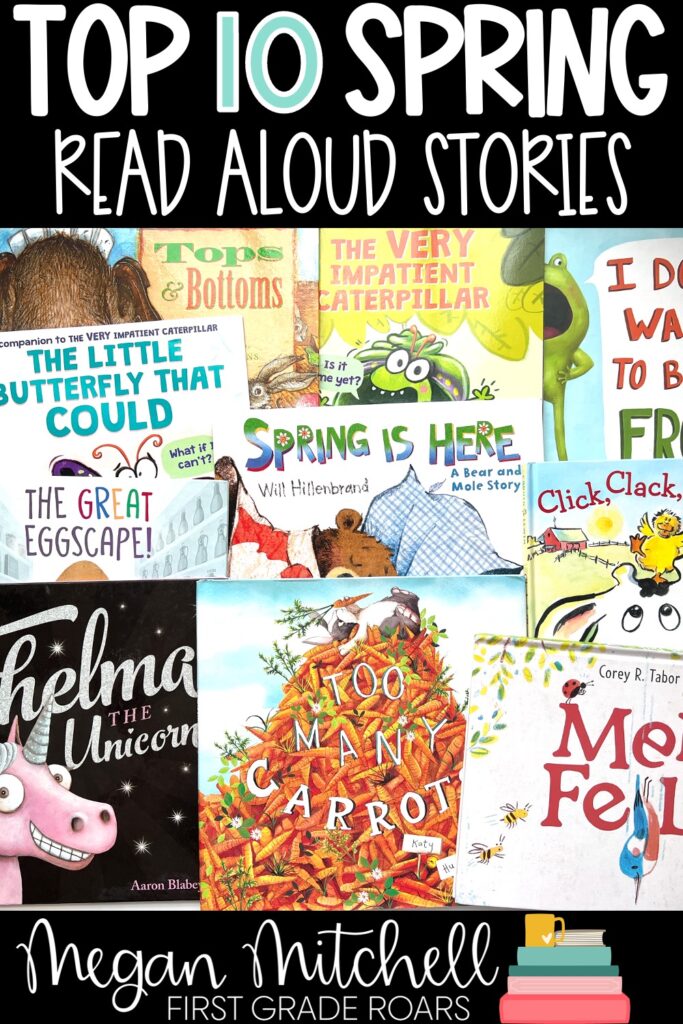
1. “Mel Fell” by Corey R. Tabor
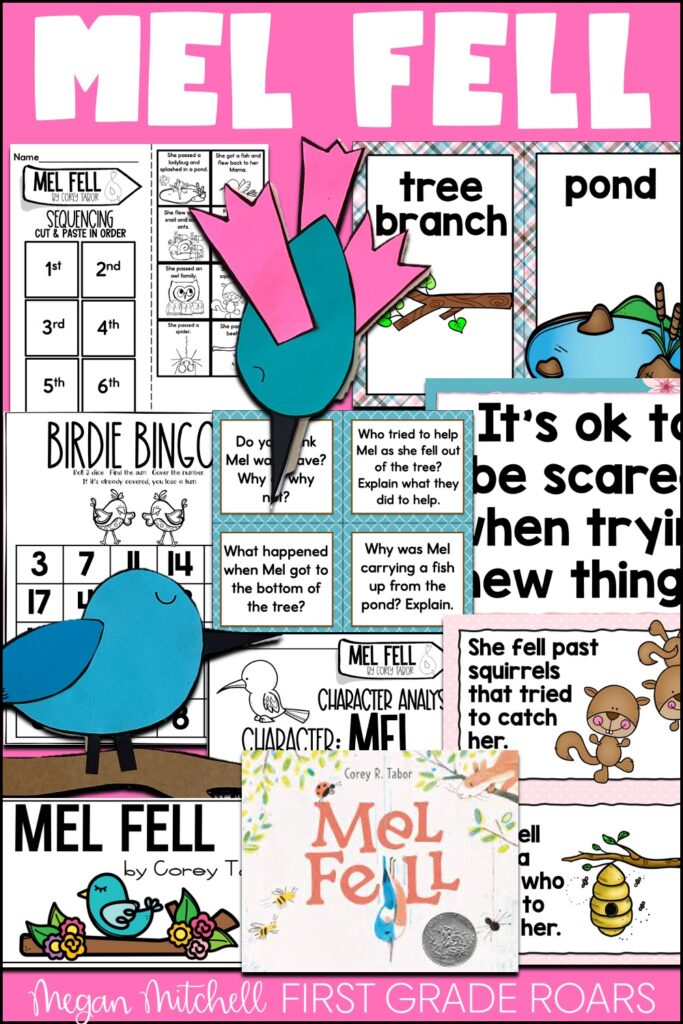
This is hands down my FAVORITE spring book to share. It was given to me by a very special friend last year and I fell in love with this book. This story is read from the top to the bottom instead of side to side. It is about a little bird named Mel who is getting to fly. As Mel walks off the branch she begins to fall. She passes several animals on the way who try to catch her. She splashes into a pond and then the book takes a turn, literally – you have to turn the book to continue reading!
Down in the pond, Mel catches a fish and then flies all the way back to her nest. On her way back up all the animals cheer for her. When she reaches the top, she is so excited to see her mama and celebrate that she drops the fish.
This book was the recipient of the Caldecott Award in 2021 and I’m here to tell you, it deserved it. Not only is the story charming, but the illustrations are also beautiful. When I shared this with my students, they fell in love too. I used this story for my last classroom observation, and it was a success. This Mel Fell Reading Comprehension Unit paired perfectly with my animal group unit All About Birds.
Click here to purchase Mel Fell on Amazon
2. “Tops and Bottoms” by Janet Stevens
Tops and Bottoms is a classic story that I’ve been reading since I began teaching over 23 years ago. This story is also read from the top to the bottom just like Mel Fell. This is the tale of a lazy bear and a very poor and wise hare. Bear owns the land but doesn’t want to do the work of farming it. Hare’s family needs money, so he decides to help out Bear. He agrees to do all the work if they can split the crops. Bear agrees and Hare gets to work. In a funny twist, Hare picks different crops to plant depending on if Bear wants the tops, bottoms, or middles. In the end, Bear learns a great lesson that he needs to stop being lazy and get up and do the work himself.
The illustrations for this book are AMAZING, which makes it even more fun to read. I love to use this story to discuss cause and effect and the parts of a plant. I read this story when we are doing our Science Plant Unit and it pairs nicely. We also work on character sorting and sequencing with the Tops and Bottoms Reading Comprehension Unit.
Click here to purchase Tops & Bottoms on Amazon

3. “Too Many Carrots” by Katy Hudson
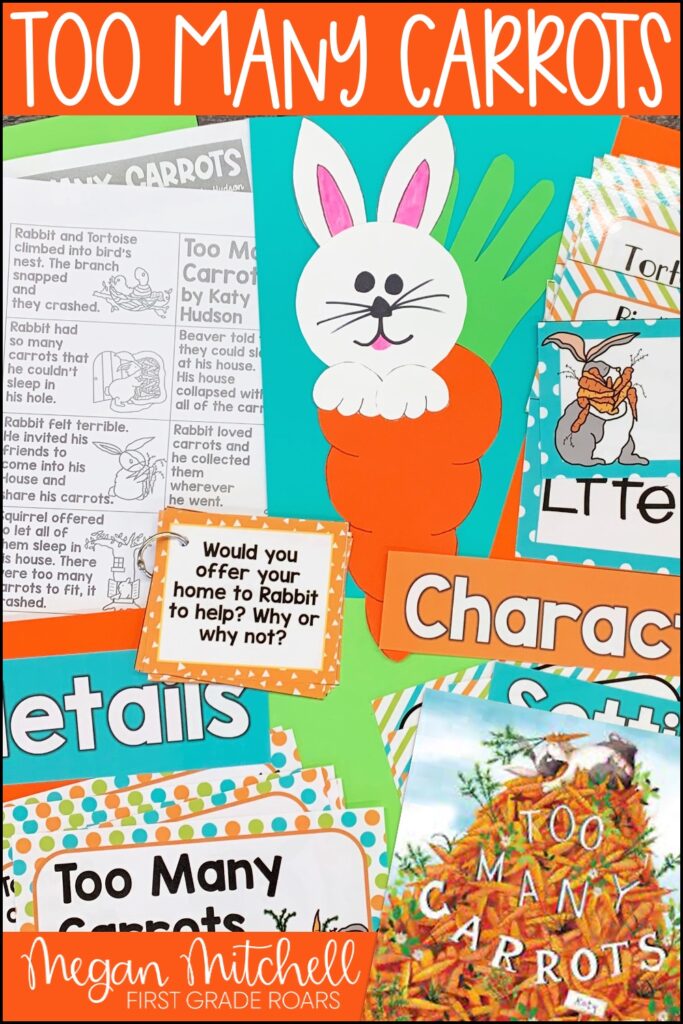
In this story, Rabbit loves carrots. In fact, he loves them so much that he collects them wherever he goes. This causes a problem because his burrow is full and he has nowhere to live. So, he goes to his friend Tortoise who offers him a place to stay. When that doesn’t work out, he moves on to Bird, Squirrel, and Beaver. In the end, there was only one thing to do, have a carrot party and share.
Too Many Carrots is a wonderful story to talk about problem and solution as well as sharing. You could also use the Too Many Carrots Reading Comprehension Unit to discuss message and how friends are there for us when we need them and can get us through tough times. We read this story in April when we study our Nonfiction Unit on Rabbits. I love all Katy Hudson stories; I wish she would write more.
Click here to purchase Too Many Carrots on Amazon
4. “The Very Impatient Caterpillar” by Ross Burach
This funny story is about a caterpillar who becomes a butterfly. He leans on his other caterpillar friends to figure out how to metamorphosize. He is EXTREMELY impatient and struggles with the entire process. I love how this story is read through speech bubbles and the characters speaking. The illustrations are eye-catching and you want to read to the end to find out if he transforms.
This story pairs so nicely if you are learning about insects, butterflies, or any animal that metamorphosizes. I use The Very Impatient Caterpillar Reading Comprehension Unit to kick off my butterfly unit right before we begin my Butterfly Journals. It is also a great story to discuss the words patient and impatient. If you have any students who struggle with this, it will make a great read-aloud for that as well.
Click here to purchase The Very Impatient Caterpillar on Amazon
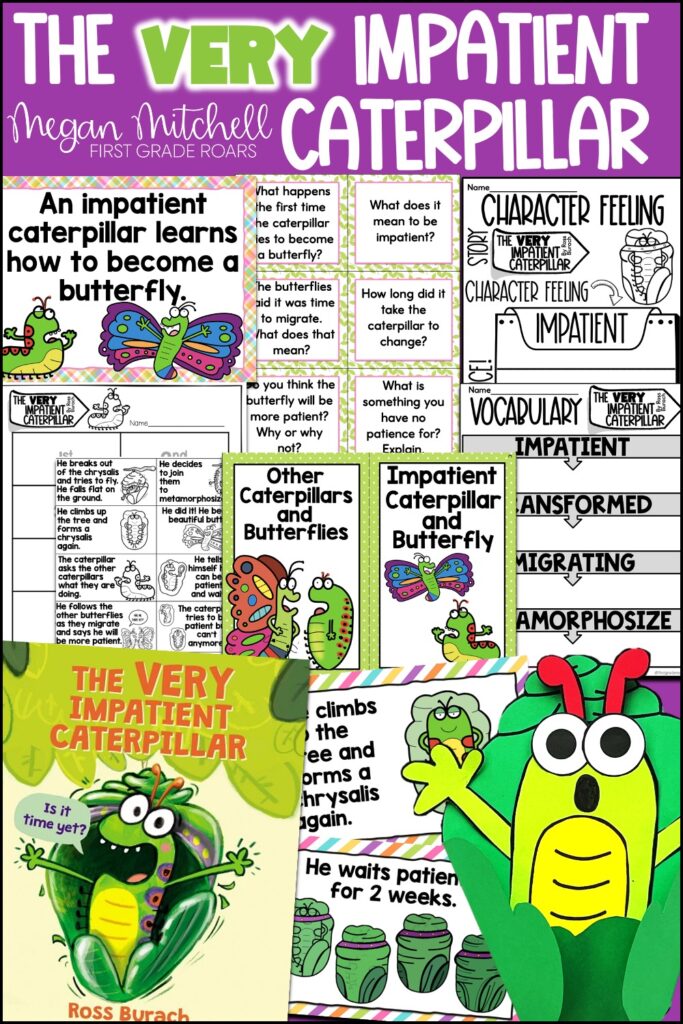
5. “Thelma the Unicorn” by Aaron Blabey
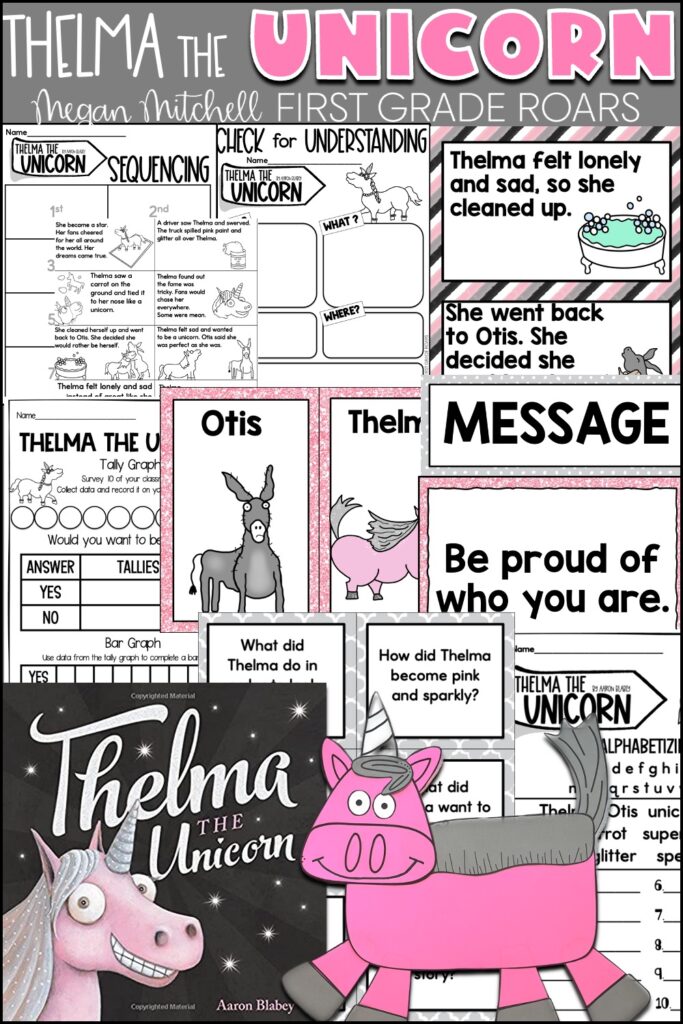
This story was gifted to my sweet Charlie girl from her babysitter Ms. Chris one year. After reading it, I knew exactly why she was given this book. On the inside, Ms. Chris wrote, “Charlie don’t ever change who you are… you are perfect!” Talk about making this mama cry.
Thelma is a pony who dreams of becoming a unicorn. So, she ties a carrot to her head and turns herself pink. She thinks this makes her special and she begins to get a lot of attention. When she realizes all the attention isn’t what she thought it would be, she takes a bath and turns back to the pony she once was. Luckily, her friend Otis is there waiting with open arms. This story is perfect to discuss message, loving yourself just as you are, and friendship. We read this story and do our Thelma the Unicorn Reading Comprehension Unit on National Unicorn Day which is April 9th. We also have fun doing our Unicorn Theme Day too.
Click here to purchase Thelma the Unicorn on Amazon
6. “I Don’t Want to Be a Frog” by Dav Petty
I Don’t Want to Be a Frog is a silly story about a frog who decides he doesn’t want to be a frog anymore. It is written with speech bubbles and the characters come to life as they argue about why the frog can’t be a rabbit, cat, pig, or owl. In the end, a wolf comes along and puts things in perspective for the frog. He tells frog that he loves eating cats, rabbits, pigs, and owls, but there is one thing he won’t eat, and that is frogs. Frog realizes it’s not so bad being a frog after all.
Whenever I share this story with my students, they are glued to the pages. The illustrations are so well done and the text pops out at you. I love to share this story and do the reading comprehension activities right before we learn about Frogs and Amphibians.
Click here to purchase I Don’t Want to Be a Frog on Amazon
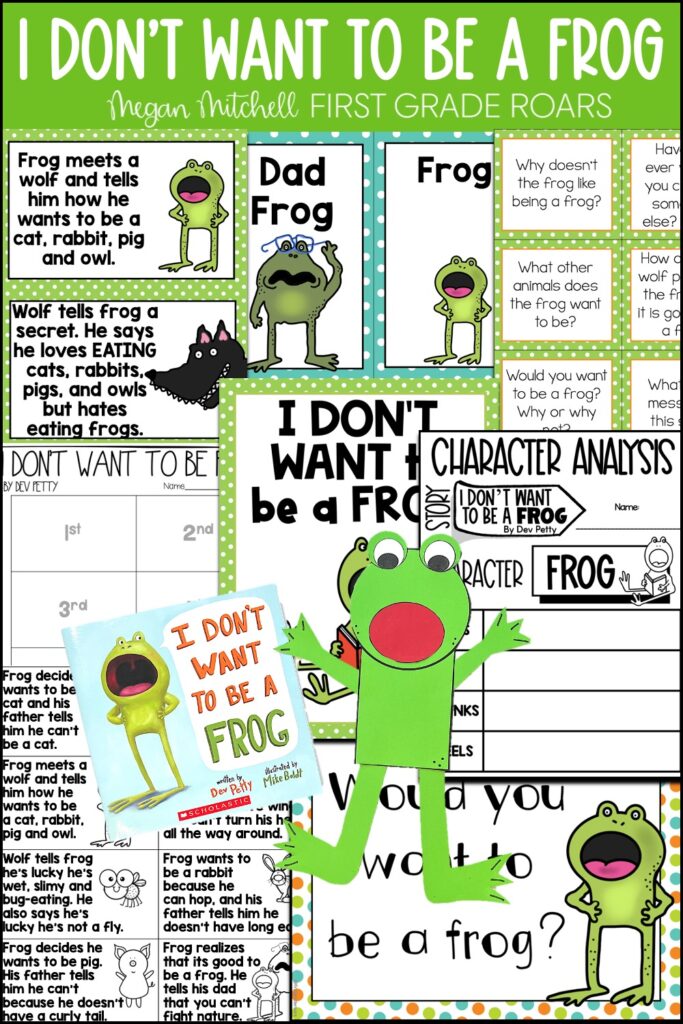
7. “Spring is Here: A Bear and Mole Story” by Will Hillenbrand
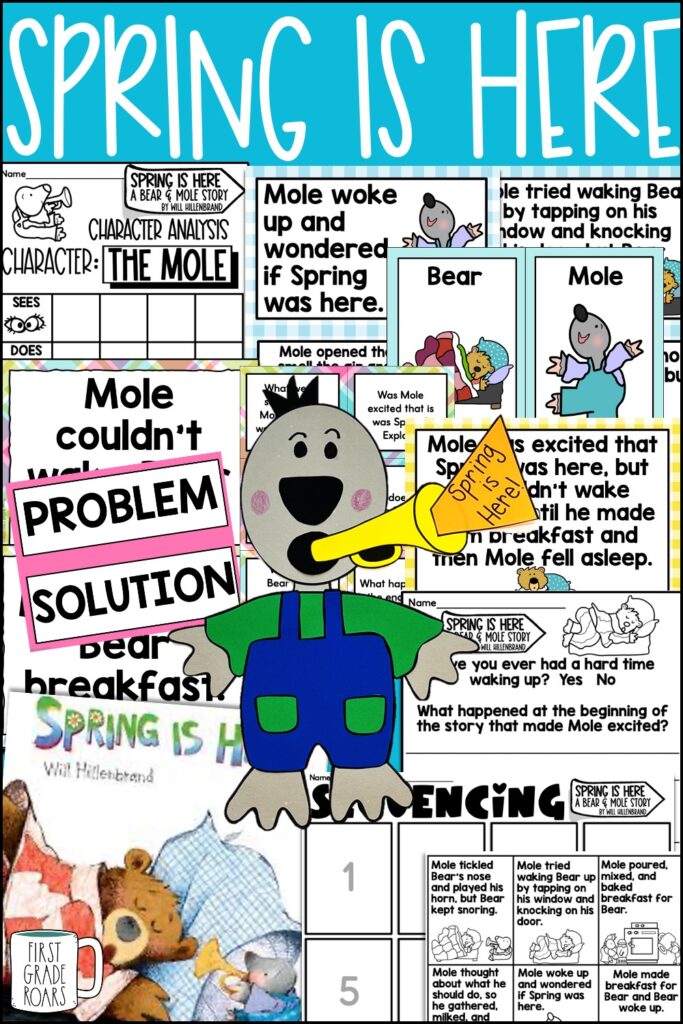
This book is one of the newest Spring read alouds I’ve added to my library and it is precious. One spring day Mole wakes up and is so excited that it is spring. He immediately tries to wake up his friend Bear, but Bear is sound asleep. Mole knocks on the door, tickles Bear, and even toots his horn but it doesn’t work. To solve this problem, Mole decides to bake him something delicious. When he brings it to his bed, Bear wakes up. With a funny twist at the end, mole’s hard work puts him fast asleep.
If you teach your students about seasons, this would be a great introduction to Spring. I plan to do these reading comprehension activities alongside my nonfiction unit on Spring. I love to pair fiction and nonfiction together.
Click here to purchase Spring is Here on Amazon
8. “Click, Clack, Peep!” by Doreen Cronin
I’m pretty much obsessed with all things Doreen Cronin and Betsy Lewin, especially her farm characters. We read all her seasonal stories and spend a week in the fall doing some fun text-to-text comparisons with her farm stories. I love to read Click, Clack, Peep in April because it’s about a special egg that gets delivered to Farmer Brown’s farm. All the animals dote over the egg until it hatches the sweetest duckling. Unfortunately, this duckling will not go to sleep. Like most of their stories, Duck takes the lead and has something up his sleeve. This time, he takes the duckling on a tractor ride and that puts the duckling right to sleep.
I love to use these reading comprehension activities to talk about problem and solution and cause and effect with this story. The very best part of all Doreen Cronin’s stories is the last page. It is wordless but the picture always provides the perfect opportunity for inferencing. In this case, it looks like the duckling wasn’t the only one to fall asleep.
Click here to purchase Click, Clack, Peep! on Amazon
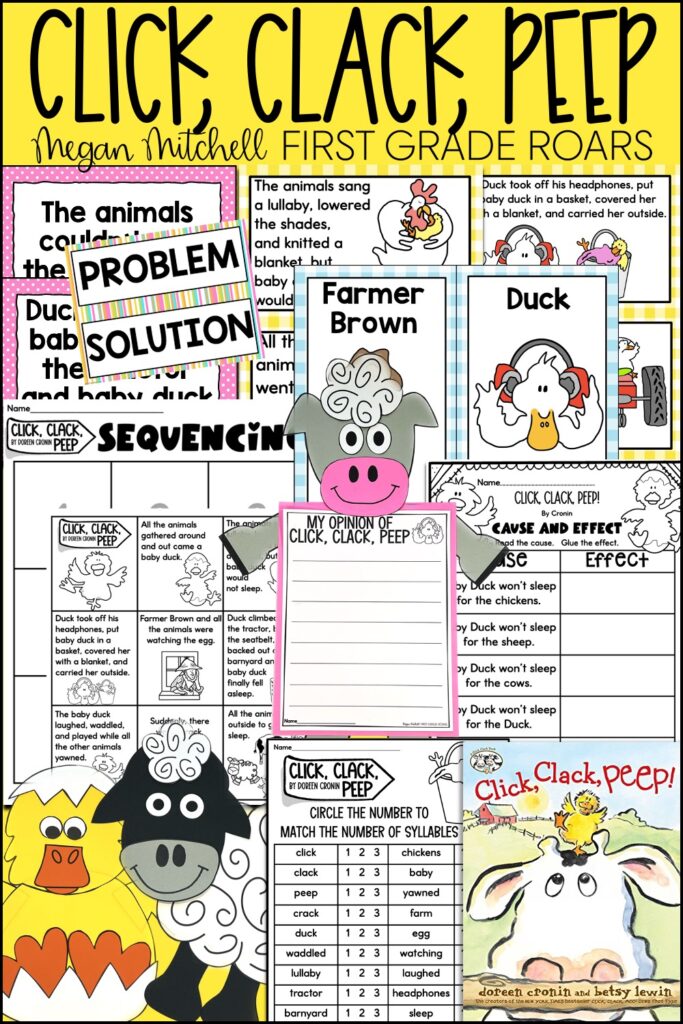
9. “The Great Eggscape!” by Jory John and Pete Oswald
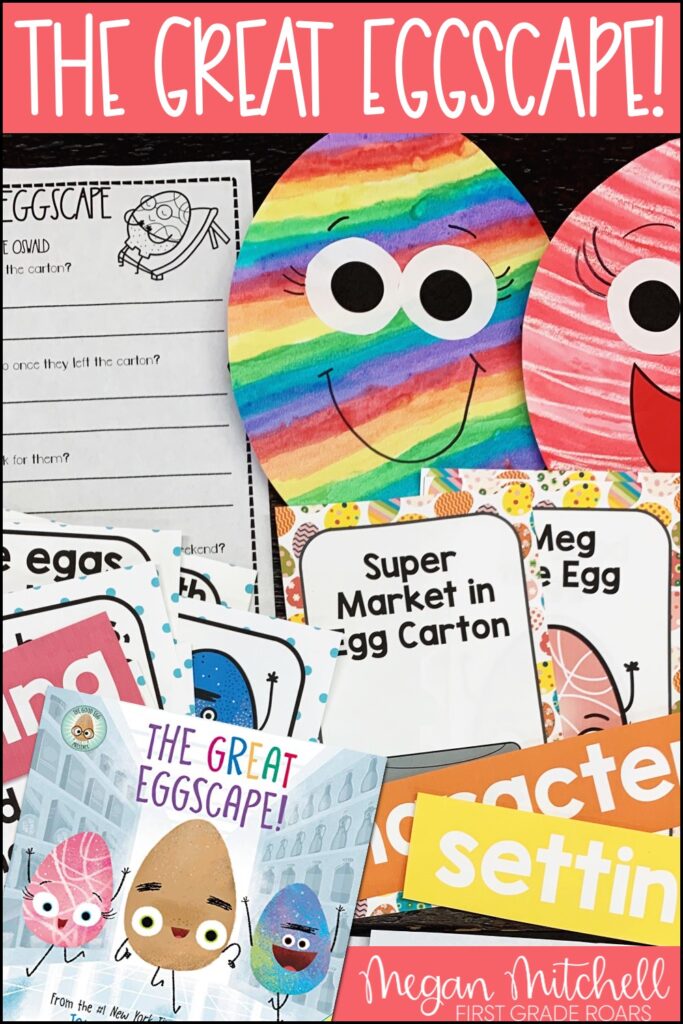
The Great Eggscape takes place in a grocery store and the main characters are a carton of eggs. Shel lives in the carton amongst eleven other eggs that like to “egg”scape the carton on the weekends and play hide-and-seek. After a while, Shel begins to worry about his missing friends and heads out to find them. They find all but one until the very end when they find Meg hiding in the bold coffee. Shel realizes that being with your friends is way more fun than sitting by yourself.
This story reminds me so much of my daughter Maddie. Sometimes she just needs a little push to get out of her comfort level. I love all the amazing stories these two authors have written and illustrated. They are perfect for social-emotional learning and lend themselves to great discussions. After we read this story, we watercolor eggs and make our own classroom carton of unique eggs. We work on sequencing and discuss message with The Great Eggscape Reading Comprehension activities.
Click here to purchase The Great Eggscape! on Amazon
10. “The Little Butterfly that Could” by Ross Burach
This story is a companion to The Very Impatient Caterpillar. This time the butterfly realizes all his friends are missing. He meets a helpful whale who teaches the butterfly about migration. The butterfly becomes impatient again with all the miles he must travel. In the end, he makes it to his final destination and then realizes he will need to stay dormant all winter.
This story is a great follow up and we read this on the day we release our butterflies and complete our butterfly lifecycle booklet. As we read and complete the reading comprehension activities we discuss what is next for our sweet butterflies as they venture off into the wild. If you like this series, there is also “Goodnight, Butterfly” and a new release in April, ”Make Way for Butterfly.”
Click here to purchase The Little Butterfly that Could on Amazon
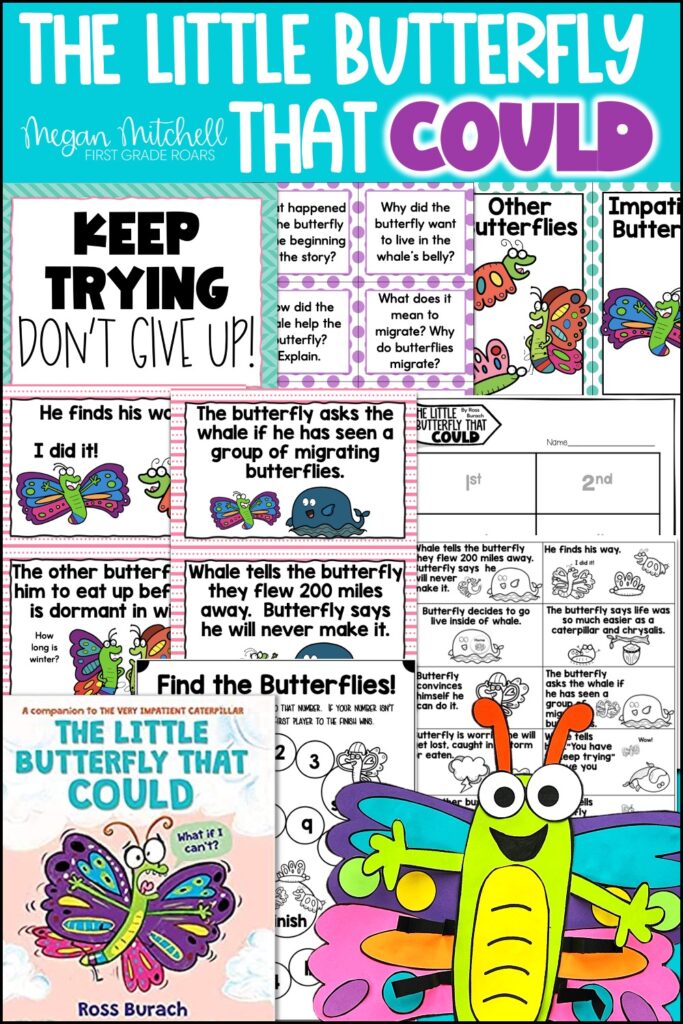
These sweet Spring read alouds will make a great addition to any classroom, home library, or as gifts for new parents or teachers. Shop my Amazon store for this list of Spring Read Alouds. (As an Amazon Associate, I earn from qualifying purchases.)
You might also like these other spring-themed blog posts:




